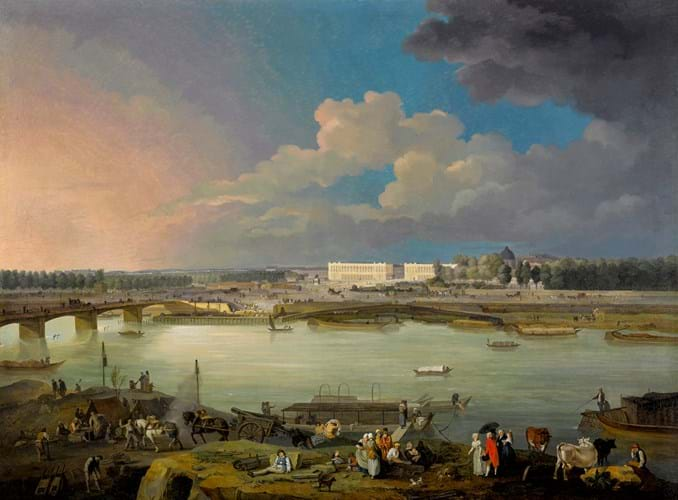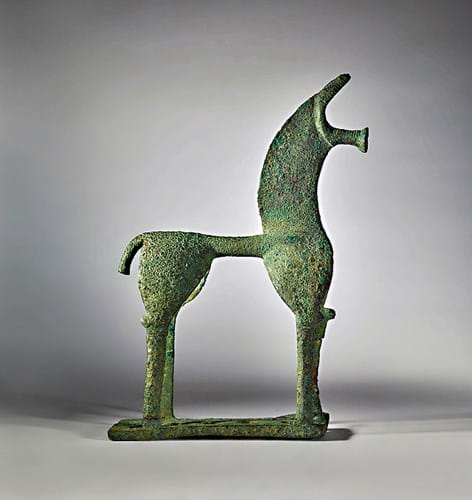
1. Charging for condition reports
Making a decent profit from buyer’s and seller’s premiums is not as easy as it seems – at all rungs of the auction ladder. Behind Moore Allen & Innocent’s decision to trial a £10 charge for condition reports on lots estimated below £100 lay the quandary faced by every grassroots-level auctioneer.
Just how do you make money when the prices of so many traditional furnishings and chattels are so low? Moore Allen & Innocent’s solution has proved controversial but, if it works, the Cirencester auction house won’t be the last to try it.
2. Fewer general sales
Up and down the country weekly general sales have been disappearing from the calendar – perhaps a third of them in recent years – as auctioneers concentrate their energies higher up the food chain.
A firm such as Sworders is a textbook case study: fortnightly rather than weekly ‘interiors’ auctions, a repackaged calendar of ‘fine’ sales that demand specialists rather than generalists, an eye for a publicity-grabbing consignment and a London office in the pipeline for the new year with the aim of attracting more consignments up the M11.
This evolution of the saleroom landscape is all good news for consignors of quality material: plenty of choice and deals to be done. But it does come at a cost for those with full house contents to clear. The auctioneer offering the traditional ‘empty the rooms and put the keys through the door’ service is moving on to the higher ground.
3. Asian interest in Old Masters
Interest from the Far East – a feature of recent Old Master sales –translated into hard cash in 2018. Sotheby’s senior director Andrew Fletcher told ATG that a private selling exhibition of Old Masters staged in Hong Kong during the September ‘Chinese’ art sales was “the most significant thing that we did in the year”. In total, 15 of around 40 works were sold.
The bulk of the buyers were Asian clients already active in other sectors, although one buyer was completely new to Sotheby’s. “Normally Asian clients buying Old Masters come in trickles,” said Fletcher, “here it felt like a sudden roll.”
4. Provenance under greater scrutiny

This Geometric period bronze – one of more than 1000 known – was withdrawn from a Sotheby’s sale in May following an 11th-hour claim by Greece’s ministry of culture that it was ‘stolen’. Sotheby’s is taking court action alongside the object’s owners (the family of the late collectors Howard and Saretta Barnet) who bought it at auction in 1973. It was first sold at auction by Swiss firm Münzen und Medaillen in 1967.
Areas of the art market which may well come under greater scrutiny in terms of establishing provenance for works on offer include antiquities and tribal art.
The Antiquities Dealers’ Association (ADA) has warned that “long-term damage is being inflicted on both the trade and museums” by the growing number of legal cases surrounding antiquities, even those with comparatively long provenances. A Geometric period bronze for example, with a 1960s auction history, was withdrawn from sale in May following an eleventh-hour claim by Greece’s ministry of culture that it was ‘stolen’.
Meanwhile in France and Belgium, where so much of the tribal art market is concentrated, the talk is also of restitution. President Macron’s recently commissioned report on the repatriation of African artwork in French museums called for a change in heritage law.
“There are historical explanations” for France holding African artworks, the French president has said, but there is “no valid, lasting and unconditional justification”.
5. Confusion over ivory
Royal assent for the UK’s Ivory ban bill has been given. Defra says the law is likely to come into effect in late 2019.
If dealers and collectors have been dismayed at the strength of the ban – no doubt it is something close to the worst-case scenario that many feared – then the authorities may gulp at the deluge of paperwork on the way.
The practicalities of a 10% de minimis rule and the meaning of the phrase ‘the best and most important of their type’ will, at best, take some ironing out. So, too, a registration process that documents every teaset with ivory insulators and chest of drawers with ivory escutcheons. Expect confusion – or chaos.
See the full version of this article with more in-depth predictions in ATG’s print edition (issue 2373).






